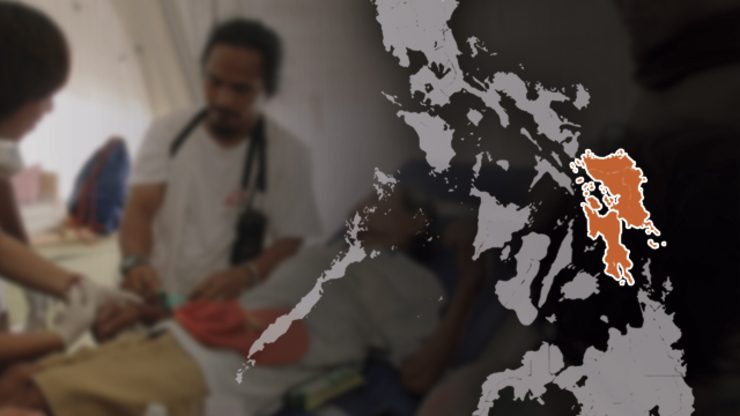SUMMARY
This is AI generated summarization, which may have errors. For context, always refer to the full article.

MANILA, Philippines – When the national government stopped counting those who died during the onslaught of Super Typhoon Yolanda in November 2013, the number was at 6,000.
A year later, the residents in the devastated areas who died of diseases were at least double that number.
From January to September 2014, the Department of Health (DOH) recorded 11,904 deaths in Eastern Visayas – the region which bore the brunt of the typhoon – due to diseases and other causes.
These deaths were “non-storm related,” Center for Health and Development (CHD) for Eastern Visayas Director Jose Llacuna told Rappler.
“Trends of causes are hypertensive vascular disease, pneumonia, trauma and accidents, cancer of all forms, and tuberculosis,” he said.
Based on the latest National Statistics Office’s Quickstat on Eastern Visayas, the region has an average of 20,400 registered deaths for 2009 and 2010. (READ: FAST FACTS: Eastern Visayas)
Llacuna said the annual data of deaths in Eastern Visayas will not be available until the first semester of 2015, so the figure given to Rappler has no breakdown per province yet.
All 6 provinces of Eastern Visayas were affected by Yolanda. The total cost of damage in the region was at P14.84 billion ($330.25 million)* based on figures from the National Disaster Risk Reduction and Management Council (NDRRMC).
Health sector recovering
The health system of Eastern Visayas is still recovering one year after Yolanda, with health facilities – ideally the last buildings standing during disasters – not spared by the super typhoon’s wrath.
The World Health Organization (WHO) earlier said about 600 health facilities in Yolanda-affected areas “sustained fairly significant damage,” with only one third of those in Eastern Visayas repaired a year after Yolanda.
A statement from the Office of the Presidential Assistant on Rehabilitation and Recovery (OPARR) on November 5, however, said the government has completed the repair and reconstruction of “all damaged barangay health stations, LGU hospitals, rural health units and DOH facilities across the Yolanda Corridor.”
Despite the extent of damage in health facilities, WHO Representative in the Philippines Julie Hall said it was “remarkable” how comprehensive health services are already available across Yolanda-affected areas.
The UN agency also said no major outbreaks of communicable diseases were observed in the affected areas.
Among the diseases mentioned by Llacuna, only tuberculosis is communicable. Pneumonia is the leading cause of death in children worldwide, while chronic diseases such as heart diseases and cancer are the leading cause of mortality in the world.
The region also recorded deaths due to accidents and trauma.
After Yolanda, mental health became one of the most pressing issues as WHO estimated over 800,000 people in affected areas have suffered different mental health conditions over the past year, with 80,000 requiring further medication and support. (READ: Post-Yolanda: ‘Cases of mental disorders to rise until 2015’)
The super typhoon left 6,300 dead and 1,061 missing, according to the NDRRMC. Majority or 5,902 of those who died are from Eastern Visayas. – Rappler.com
*US$1 = P44.93
Add a comment
How does this make you feel?
There are no comments yet. Add your comment to start the conversation.